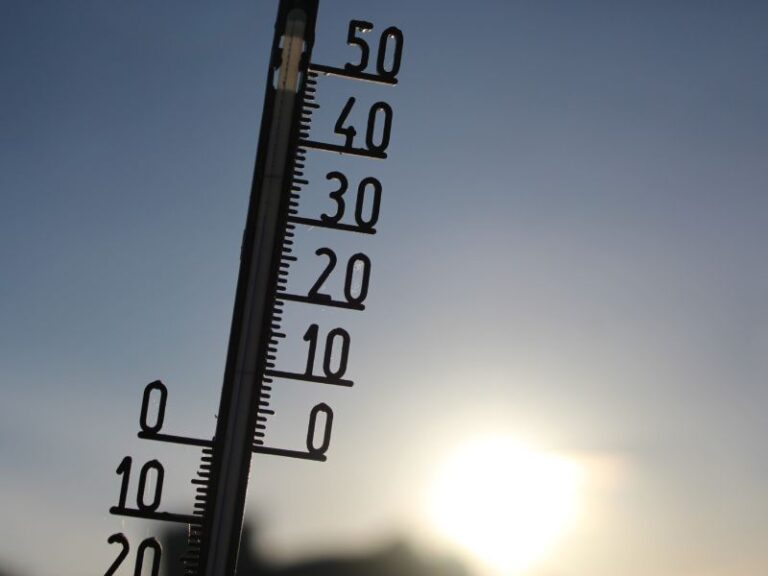When it comes to installing or upgrading an HVAC (Heating, Ventilation, and Air Conditioning) system in your home or office, one of the most important decisions you’ll make is choosing the right-sized system. Properly sizing HVAC equipment is crucial for ensuring optimal performance, comfort, and energy efficiency. A system that’s too large or too small for the space it serves will likely lead to a range of issues, including higher operational costs, discomfort, and premature system failure.
In this article, we will explore the importance of correctly sizing your HVAC equipment and how it contributes to both comfort and cost savings. We’ll also discuss how accurate sizing improves energy efficiency, extends equipment lifespan, and avoids the common pitfalls of over-sizing or under-sizing systems.
What Is HVAC Equipment Sizing?
HVAC sizing refers to determining the heating and cooling capacity required for your space. Proper sizing ensures that your HVAC system can effectively manage the temperature and air quality needs of your building without wasting energy. HVAC systems are sized in terms of BTUs (British Thermal Units) for cooling capacity and tons for refrigeration, with a standard ton being equal to 12,000 BTUs per hour.
A correctly sized HVAC system is based on a variety of factors, including:
- Square footage of the space
- Insulation levels
- Building layout
- Number of windows
- Occupancy and activities
- Local climate and weather conditions
Inaccurate sizing leads to inefficiencies and missed opportunities for energy savings. It’s essential to perform cooling load calculations that factor in all these elements to determine the ideal system size.
How Properly Sizing HVAC Equipment Improves Comfort
One of the most significant benefits of proper HVAC system sizing is comfort. If your system is too large or too small for your space, it will struggle to maintain a stable and comfortable indoor environment.
1. Consistent Temperature
An over-sized HVAC system will cool or heat the space too quickly and shut off, leading to short-cycling—frequent on-off cycles. This constant cycling creates temperature fluctuations and discomfort. On the other hand, an under-sized system will run constantly, trying to meet the desired temperature but often falling short. This leads to hot spots and uneven temperature distribution throughout the building.
Properly sized equipment, however, maintains a consistent indoor temperature, ensuring all rooms in the building are equally comfortable without wasting energy.
2. Humidity Control
Air conditioning isn’t just about cooling the air; it’s also about removing excess humidity. An over-sized system may cool the space too quickly, failing to adequately dehumidify the air. In contrast, a correctly sized HVAC unit runs long enough to remove moisture, improving indoor air quality and comfort.
3. Better Air Quality
A well-sized HVAC system will run efficiently, filtering out dust, allergens, and pollutants from the air, leading to improved indoor air quality. When the system is too small, it might not run long enough to effectively filter the air, while an over-sized system may cycle off before completing the filtration process.
How Properly Sizing HVAC Equipment Reduces Costs
Correctly sizing your HVAC equipment doesn’t just improve comfort—it also helps you reduce energy consumption, lower operating costs, and extend the lifespan of your system.
1. Enhanced Energy Efficiency
A system that is too large or too small for the space will operate inefficiently. An over-sized unit will cool or heat too quickly, causing the system to cycle on and off frequently. This short-cycling wastes energy and leads to higher utility bills. Conversely, an under-sized unit will run constantly, trying to keep up with demand, consuming excessive energy and leading to higher operational costs.
Proper sizing ensures that the HVAC system operates at optimal efficiency, using only the necessary amount of energy to maintain a comfortable temperature. This leads to lower energy bills and a more sustainable approach to climate control.
2. Reduced Wear and Tear
Frequent cycling caused by an over-sized HVAC system results in excessive wear and tear on the components, leading to more frequent repairs and a shortened lifespan of the system. Under-sized units, on the other hand, run constantly, causing unnecessary stress on the system.
When the system is properly sized, it runs efficiently without the constant on-and-off cycling or prolonged operation, which means less strain on the system. This reduces the need for costly repairs, enhances the longevity of your equipment, and saves you money on replacements.
3. Avoiding Unnecessary Upfront Costs
Choosing the right-sized HVAC system can also save you money upfront. Over-sized systems typically come with a higher initial purchase cost, while under-sized systems may require expensive modifications or upgrades to handle heating and cooling needs.
Proper sizing ensures you get the best value for your investment. You won’t pay for unnecessary capacity, and you won’t have to spend money on upgrades or additional equipment down the line.
How to Ensure Proper Sizing of HVAC Equipment
To avoid the issues associated with improper sizing, you must conduct accurate cooling load calculations and take a comprehensive approach to system sizing. Here are some tips to help ensure your HVAC system is properly sized:
- Consider All Factors: Ensure all factors are taken into account, including building insulation, room layout, window types, internal heat sources (e.g., appliances, electronics), and local climate data.
- Use Professional Tools: Tools like CoolCalc allow you to perform precise calculations using real-time weather data and building specifications, ensuring the right system size for your space.
- Consult an HVAC Professional: If you’re unsure about sizing, it’s always a good idea to consult with a licensed HVAC professional who can perform accurate sizing based on detailed calculations and industry standards.
- Avoid Guesswork: Don’t rely solely on general guidelines or estimates based on square footage. Use precise calculations that factor in specific elements of your building.
The Role of CoolCalc in Accurate HVAC Sizing
At CoolCalc, we understand the importance of accurate HVAC sizing for both comfort and cost efficiency. Our tool uses a modified CLTD/SCL/CLF method, integrated with localized weather data for all 36 Nigerian states, to ensure your HVAC system is perfectly sized for your unique needs.
With CoolCalc, you can:
- Quickly perform cooling load calculations based on your building’s specific characteristics and local climate data.
- Ensure accurate system sizing to avoid the costs of over-sizing or under-sizing HVAC equipment.
- Save energy and reduce operating costs, while improving overall system efficiency.
Conclusion
Properly sizing your HVAC system is a critical step in ensuring comfort, energy efficiency, and long-term savings. An improperly sized system will lead to inefficiencies, higher costs, and discomfort. By ensuring that your system is the right size for your building’s needs, you can enjoy consistent temperatures, improved air quality, lower energy bills, and extended system life.



